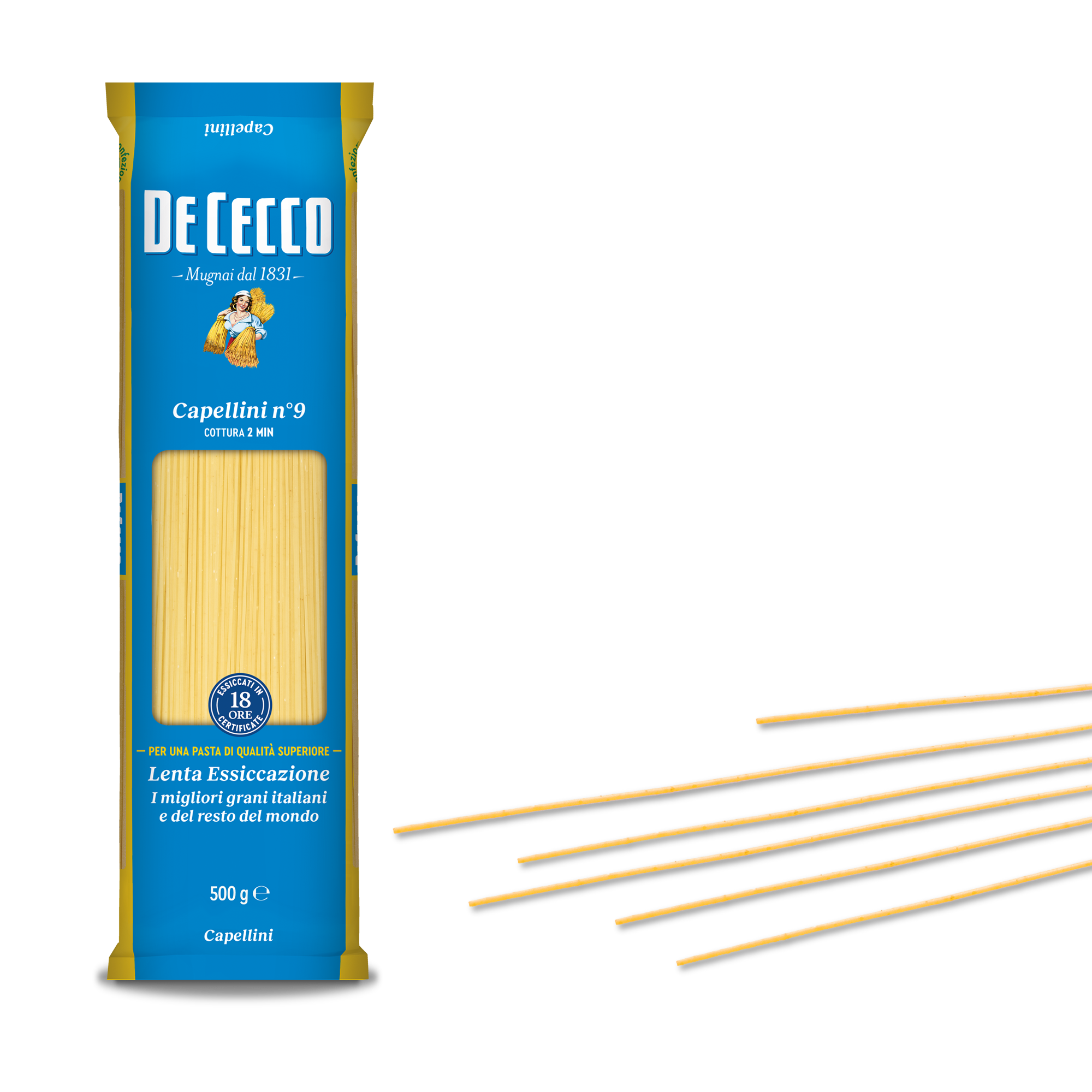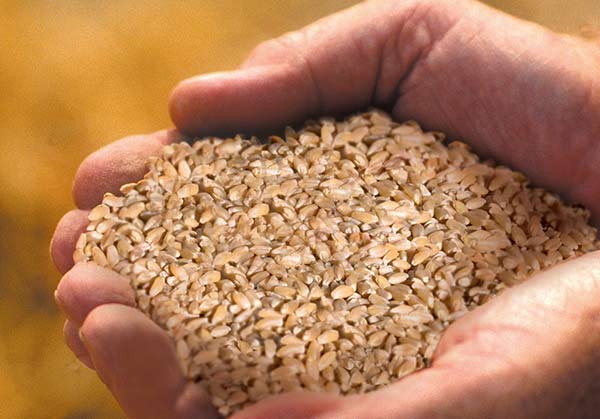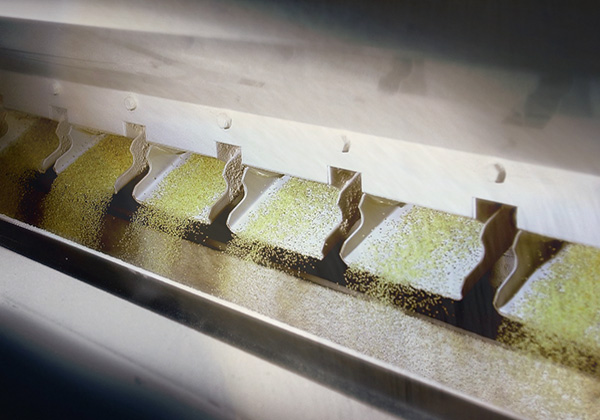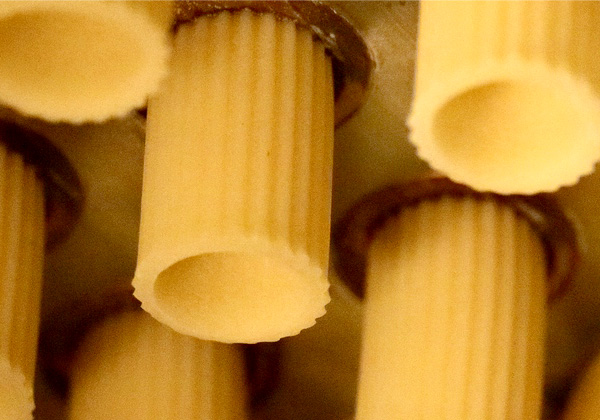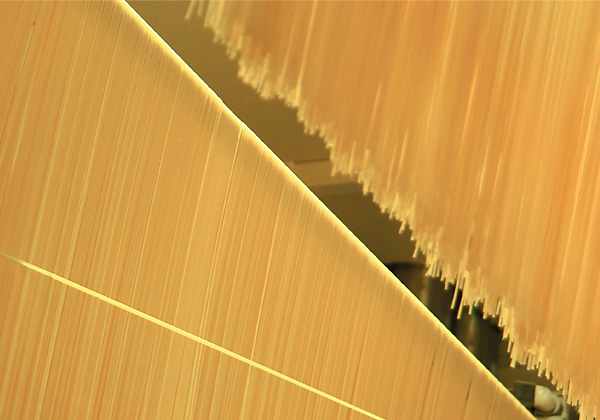Tagliatelle n° 203
Tagliatelle are consumed all over Italy and are part of the long, flat pasta family.
They originate from the northern regions of Italy, especially in the culinary traditional in the Emilia Romagna region.
That Tagliatelle originated in Emilia Romagna is demonstrated by their presence in popular sayings and colloquial expressions used by the people from this region. An example of how Tagliatelle are profoundly rooted in Emilia Romagna is "Science in the Kitchen and the Art of Eating Well" by Pellegrino Artusi: "Conti corti e tagliatelle lunghe" (literally, short bills and long tagliatelle) is a wise saying from Bologna because long bills frighten the poor husbands and short tagliatelle demonstrate the inexperience of the person made them and served them as if they were left-overs."
Their natural versatility makes them delicious with all types of condiments. They are excellent for first courses or in oven-baked dishes, perfect with fish or shell-fish based sauces, or with butter or white sauces made from soft cheeses and cream with the addition of curry or saffron.
Available in 500g pack.s
- Cooking time: 5 min
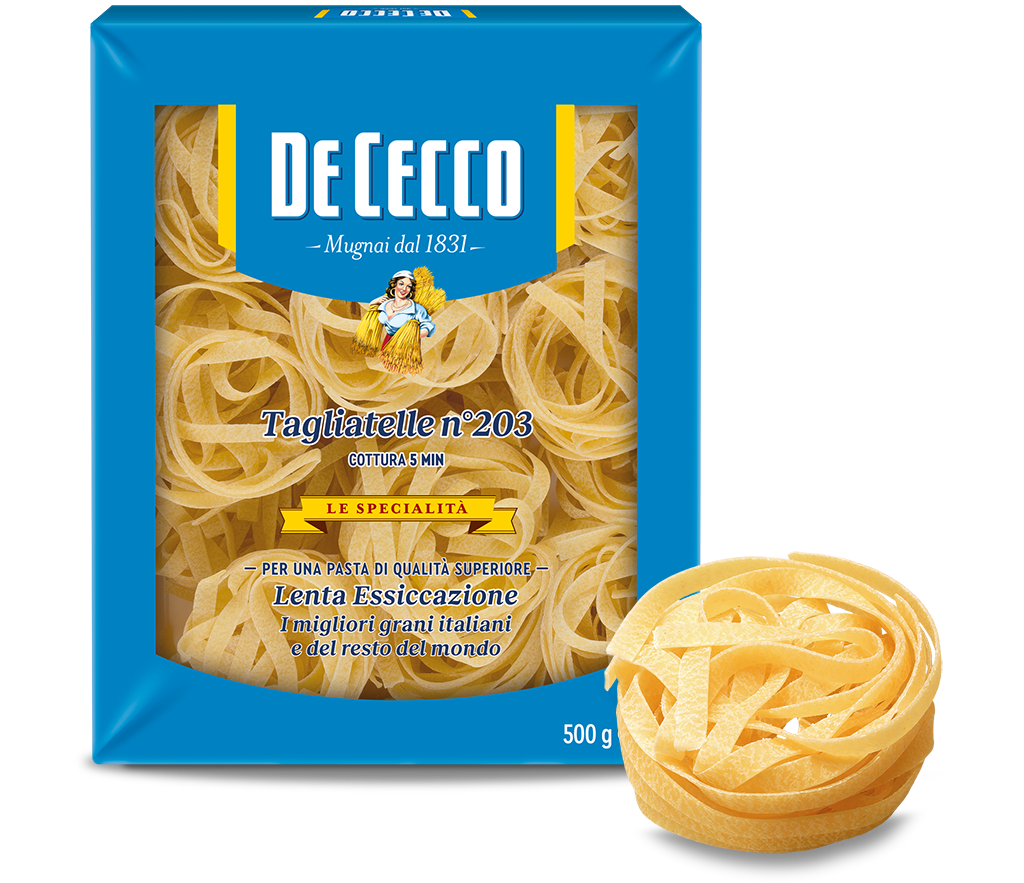
Our method
Capellini n° 9
The origins of Capellini, with their evocative name (fine hair) and light consistency, are contested between the area around Genoa, Naples and the Ciociaria (central Italy). It is one of the thinnest types of long pasta wound into a nest shape.
Even the name Capellini is reminiscent of the fine consistency of this type of pasta which is ideal for infants from 9 months old onwards to help them get used to eating food for grown-ups.
Simple condiments are recommended for this type of pasta. It is excellent combined with butter dressings, such as uncooked butter and cheese, or melted butter with sage and cheese. Egg or fresh raw tomato based sauces are also excellent. Another way to enjoy Capellini is in a light, chicken broth. In addition to broths and pasta dishes with sauces, this pasta is also used to prepare oven-baked dishes in the Naples region.
Available in 500g packs.
